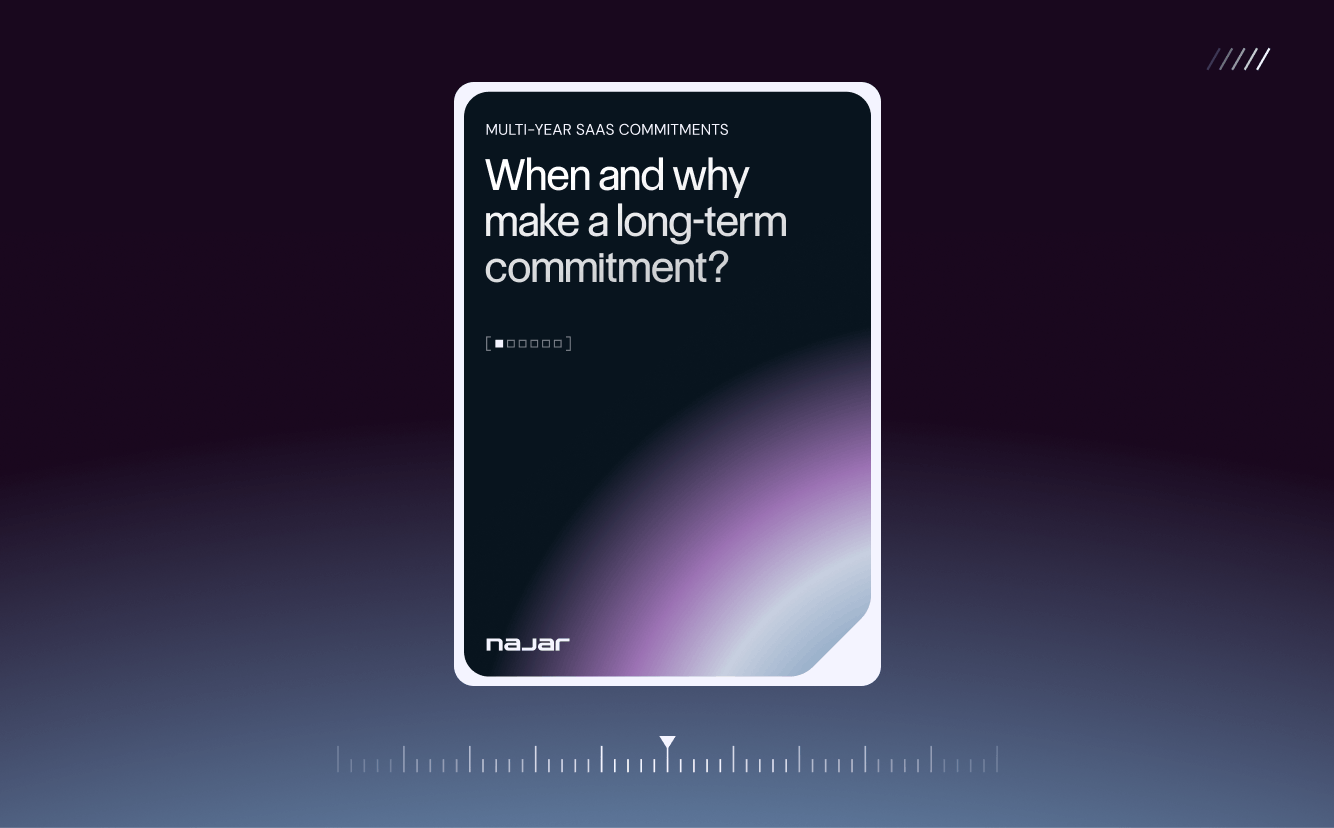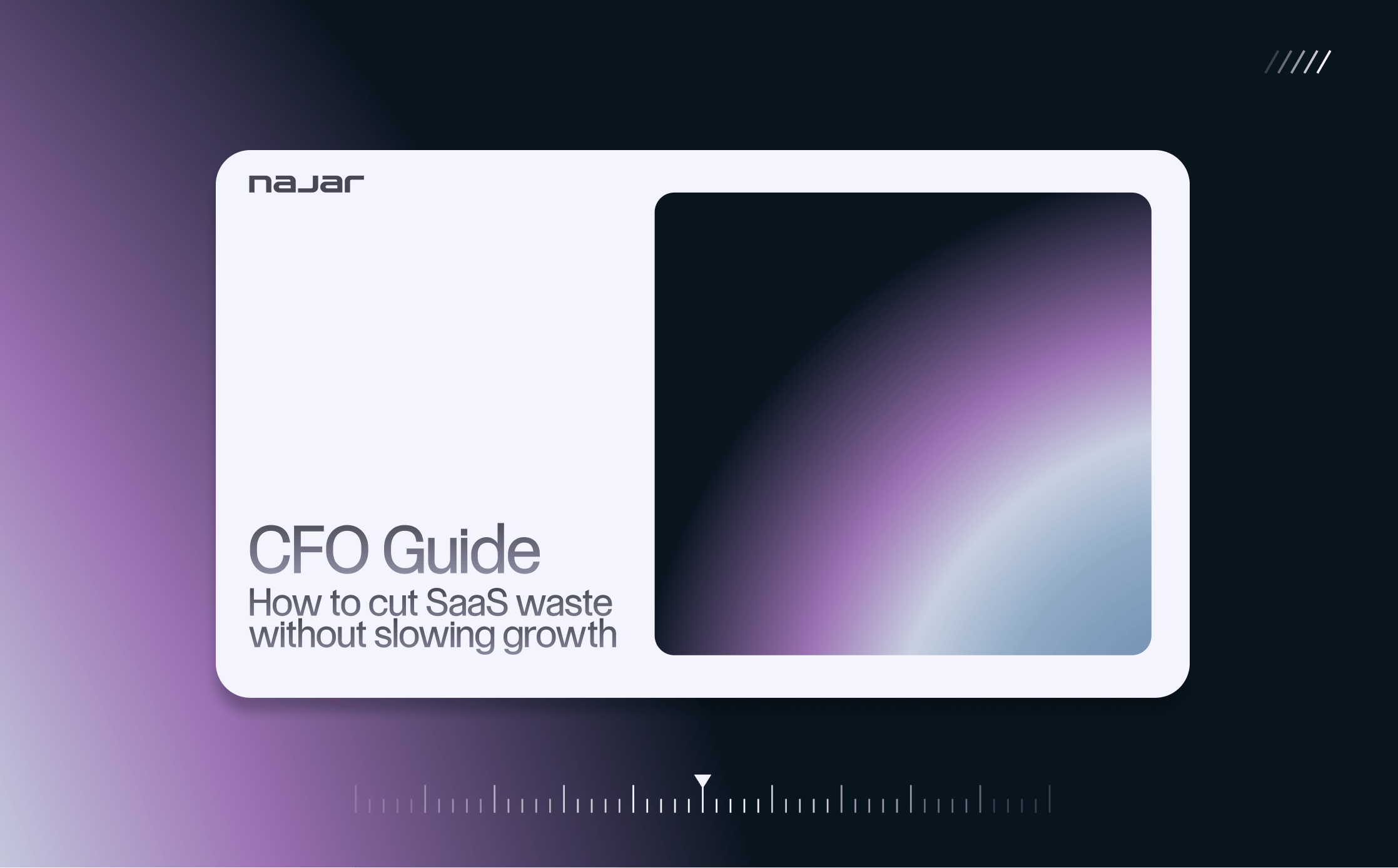Multi-year SaaS contracts: when and why make a long-term commitment?
Inflation, rising interest rates, scarcity of capital
Within the current context, cash management has become paramount. To get through the crisis, you have to roll up your sleeves: renegotiate your subscriptions, re-evaluate the value of your SaaS tools and terminate what is useless. And SaaS vendors have understood this: many of them offer long-term commitment contracts to avoid losing customers. Often, with discount levels that make you want to.
On paper, it's a win-win: the vendor secures their future income in a difficult economic context, and the buyer (you) reduces their costs in exchange for a prolonged commitment. However, in most cases, the multi-year commitment is a bad idea.
Over the past 3 years, we've seen dozens of companies suffer with multi-year contracts. On the other hand, some vendors were ready to let them lapse rather than renegotiate their contracts. So before committing yourself, it's best to measure the risk!
In total, we've helped our clients renegotiate over 10 million euros worth of SaaS contracts.
Our goal with this white paper?
To help you save tens (or even hundreds) of thousands of euros by identifying when and why to activate a multi-year commitment.
Inside this guide, you’ll discover:
- Proven strategies to secure stable, predictable budgeting for the long term, with potential discounts of 10 to 20%.
- Key insights into avoiding unexpected costs that could affect your bottom line
- Advanced negotiation tactics that align with your business growth and goals
- Tips on adding flexibility to your contracts to swiftly adapt to new tech trends
Enjoy your reading!
Complete the form below to receive your guide:




